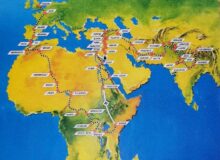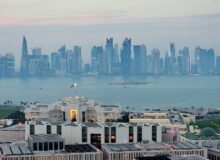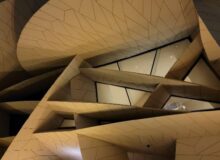About 10 million years ago the enzyme in our bodies used to detoxify alcohol, dehydrogenase…
One More Embellishment and We’re Done
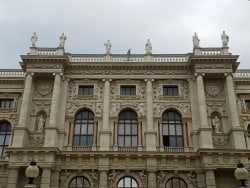
Six statues? Six statues? I asked for eight statues. This is a disaster!
If there’s nothing to do in Vienna there’s a museum you haven’t seen. There is even a Third Man museum (which, alas, is open once a week or, and I quote, “any day for 120 Euros” so, sadly, we’ll miss it). Not unlike cafes in Paris or beaches in Sydney it’s really a question of which museum and how many museums. We started off at the Museum of Natural History.

This is the entrance.
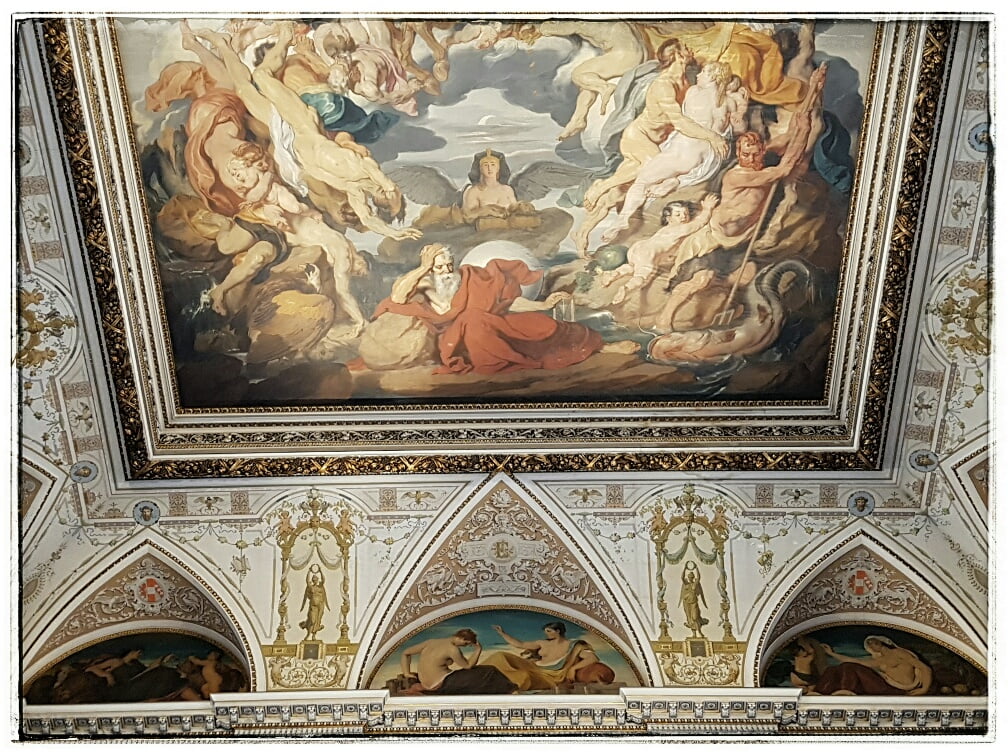
And this is the entrance.

And this.
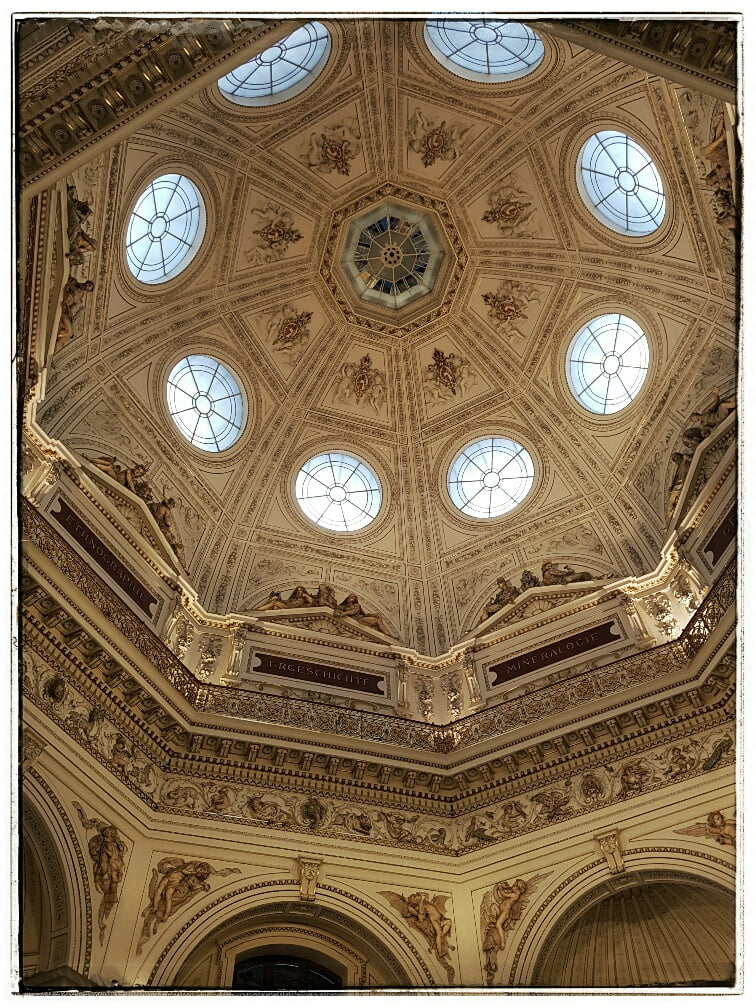
And this is, still, the entrance.
New York is good, London is pretty interesting, Paris is the best, why go to another natural history museum? Perhaps because the collection here is outrageously extensive. And it’s in a purpose built palace (for lack of a better term) to house a collection originally purchased in 1750 and expanded on ever since.
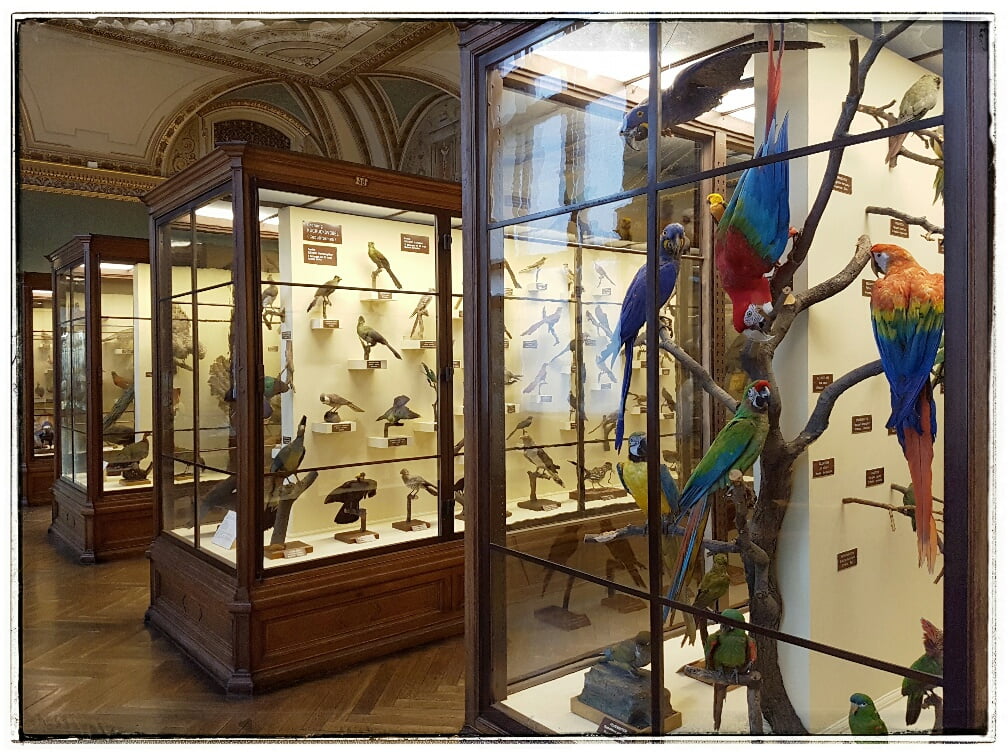
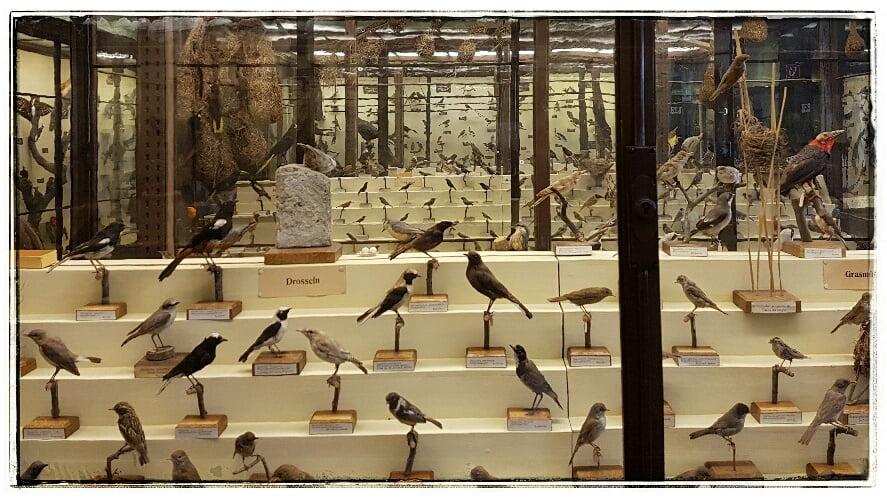
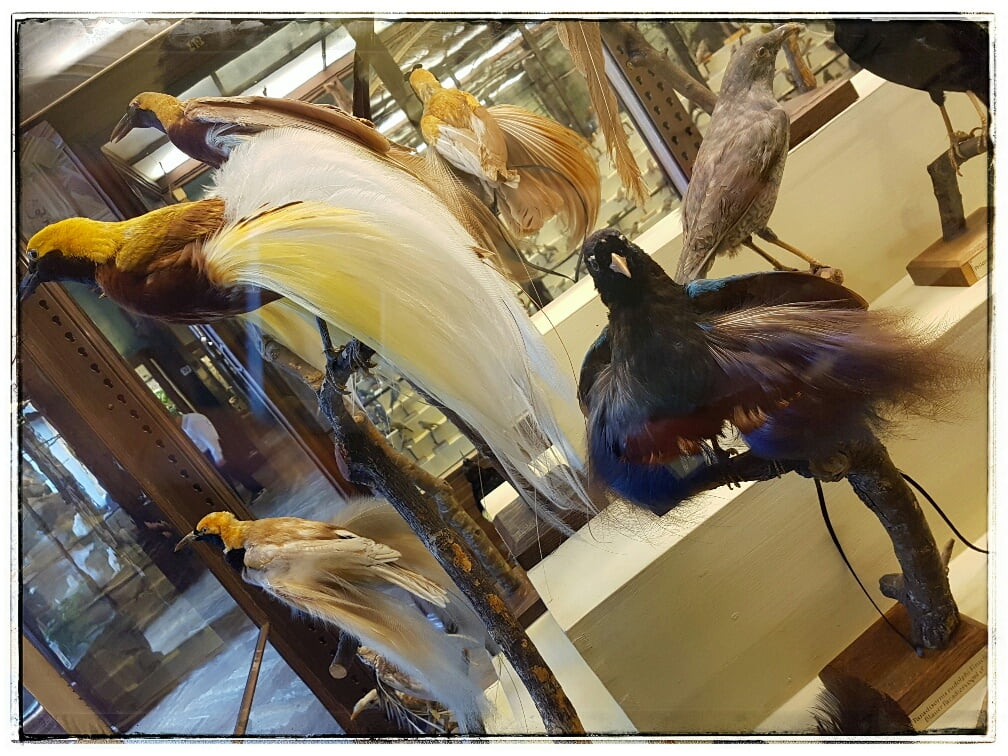

Recreation from a skeleton of a dodo.
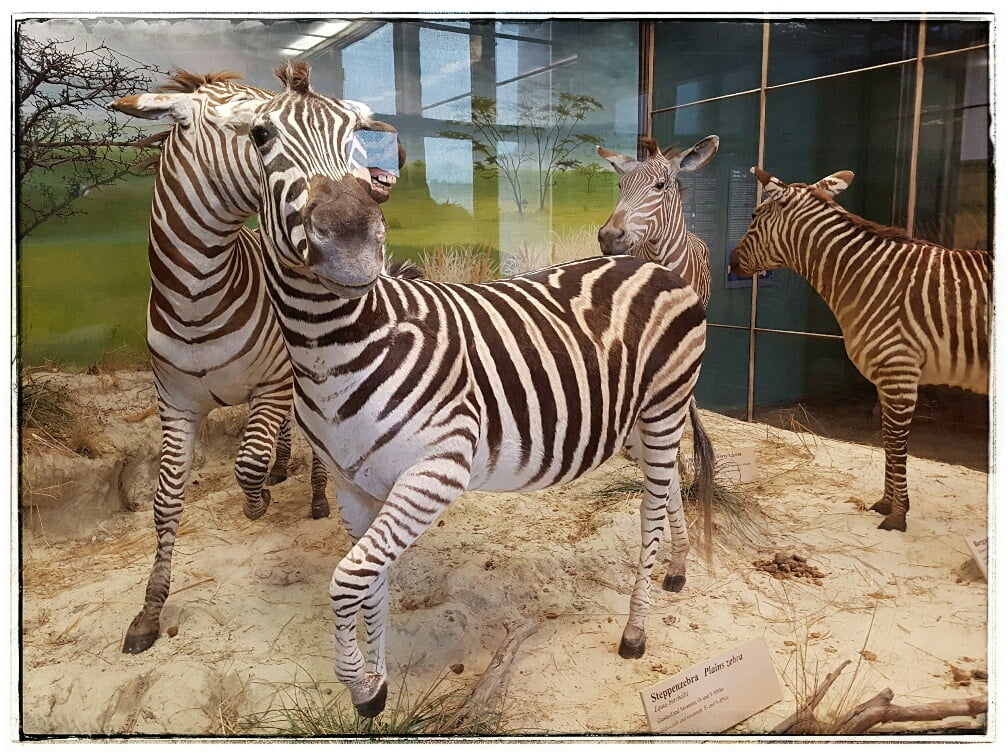
Did the zebra diorama have to include poop?
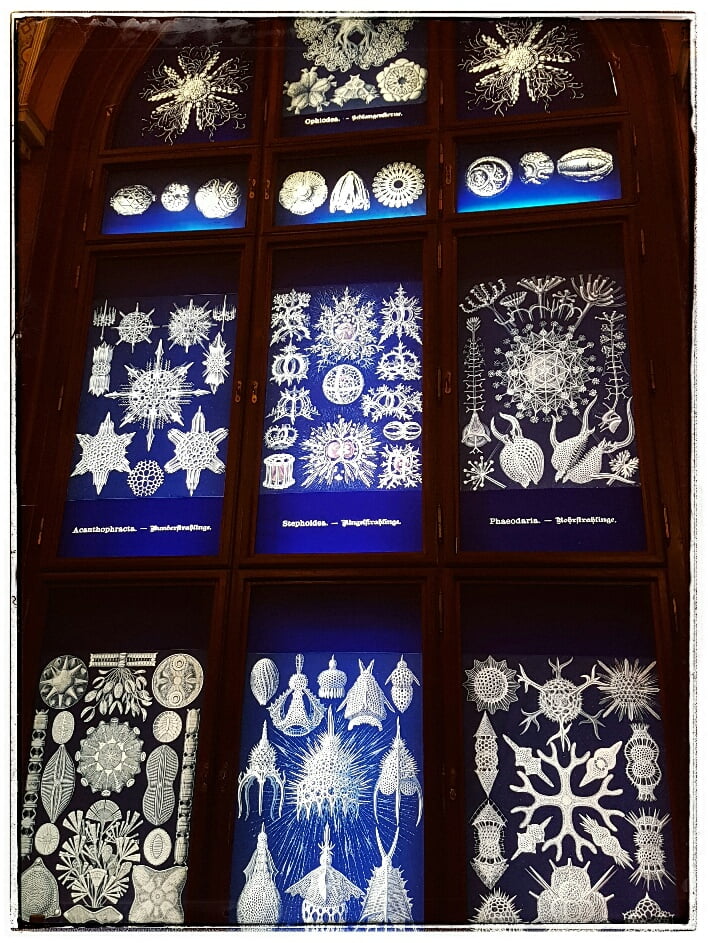
Quirky paintings and theme windows adorn each room.
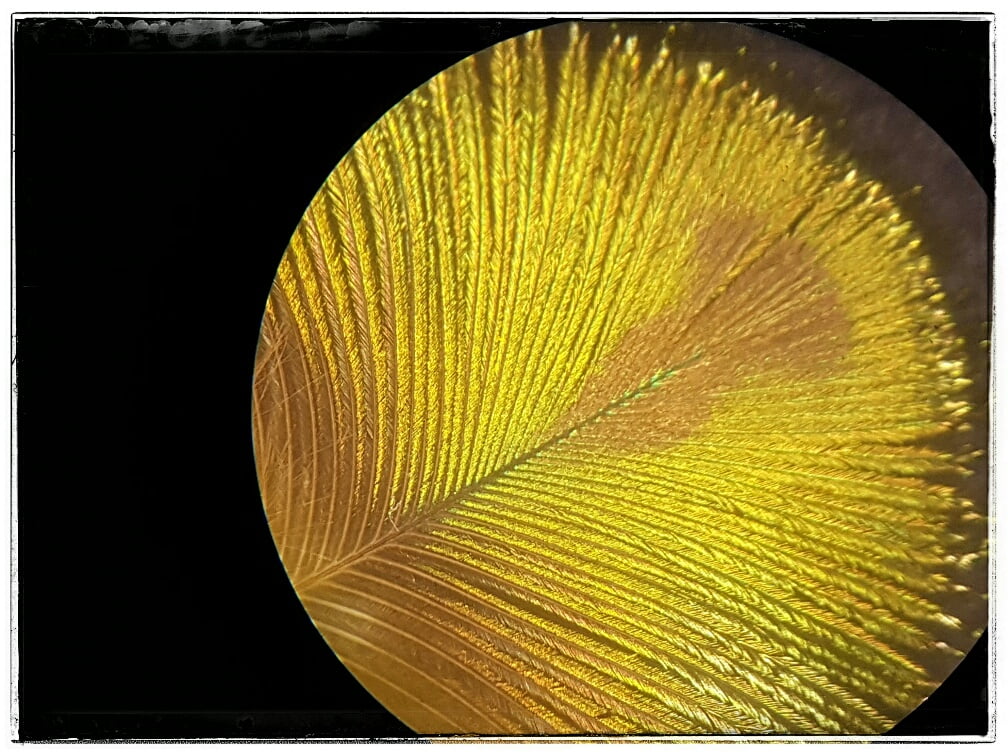
A feather under a microscope.

Ladybugs. Just heaps and heaps of ladybugs.

Iron meteorites. So who cares? Here’s something interesting: Last week (like June 2016) they confirmed that one of King Tut’s knives, from his tomb, was from a meteorite. They knew it was iron, but he lived centuries before the iron age, so they never knew how or why until they could examine it under a special X-ray, then correlate its composition with known meteorite debris from Alexandria circa his lifetime. But in fact there was a history of watching the night sky for meteorite debris because it was well known that the debris was exceptionally strong. I imagine in a world without electricity, and in an age before iron, some people just stayed up all night, every night, hoping to cash in on something dropping out of the night sky.
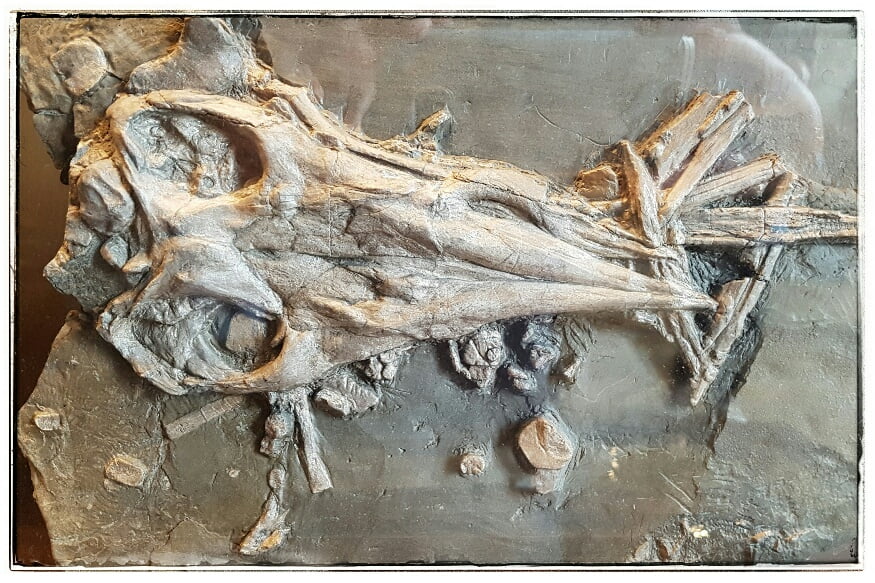
Fossil of a ichthyosaur, reptiles that lived in the sea but “laid their eggs” in the ocean, by flipping their tails in the air, and bearing live young that had to swim to the surface for their first breath.
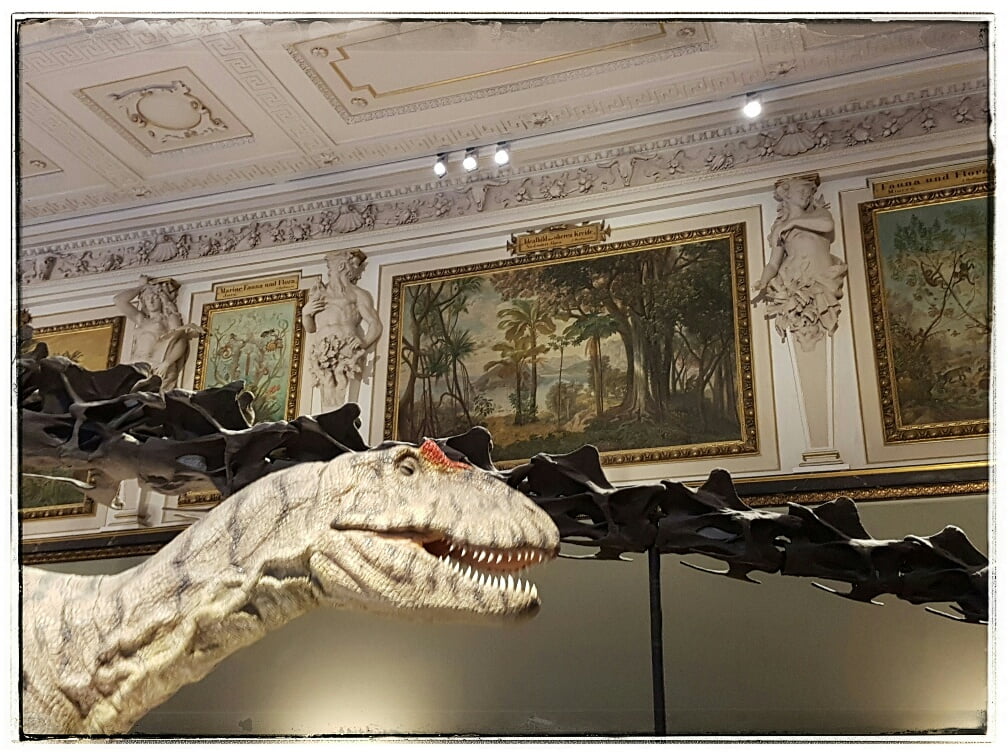
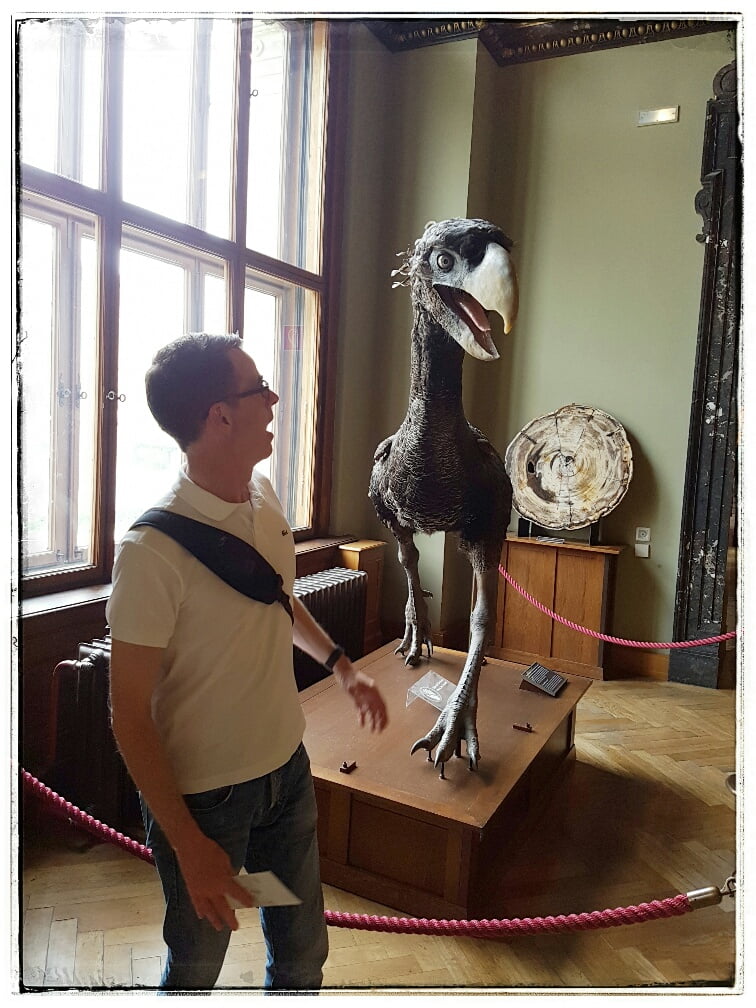
Animatronic life size allosaurus, and SS being chased by a “terror bird” from 17,000 years ago.
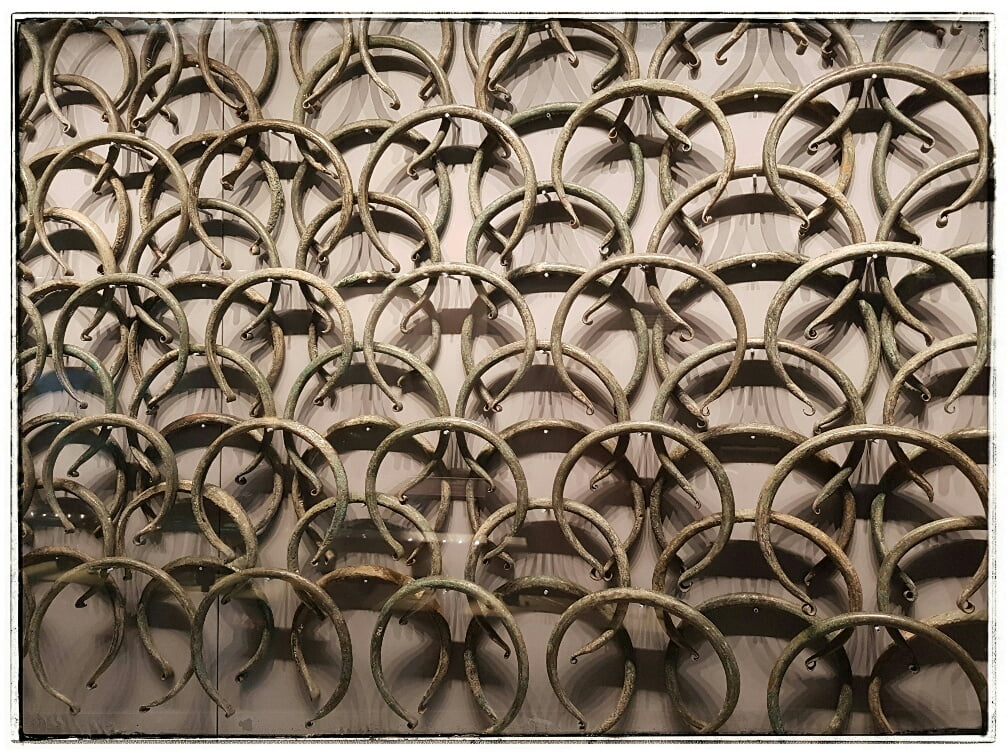
Bronze rings from the Bronze Age. Symbol of wealth, once upon a time.
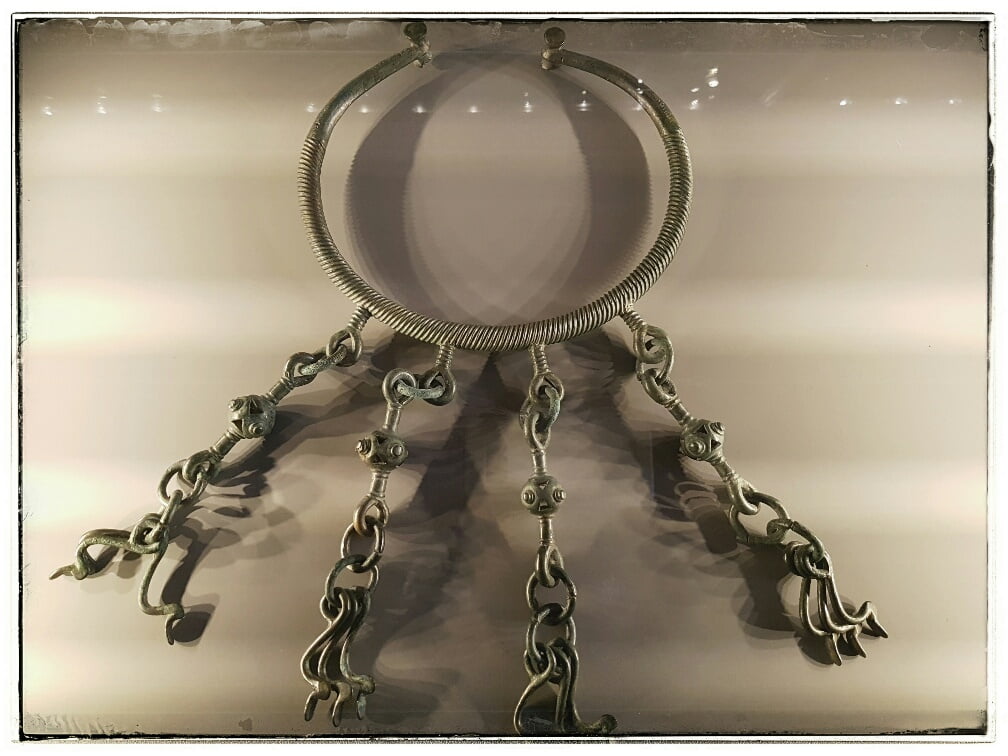
Bronze necklace. This is the sort of 500 BC artifact you expect to see in a museum.

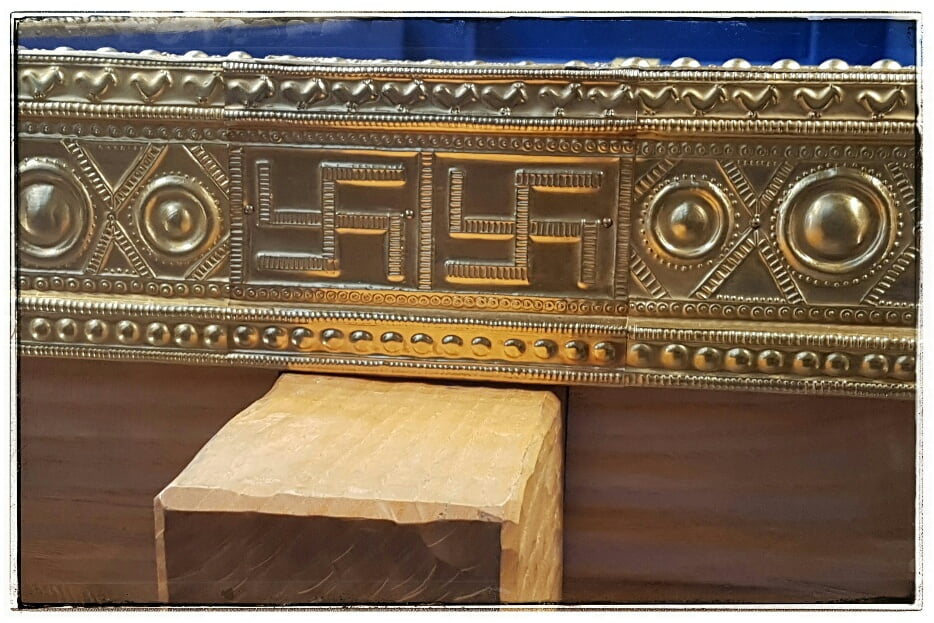
But this, a ceremonial wagon, also from 500 BC, is not something you expect to see. Wow.
The last room of the tour was a series of pictures from NASA. These were so incredible and impossible to explain that SS bought the accompanying book in the gift shop.

This is the Adriatic at night from the space station. The conglomeration of light in the lower right is Milan. The hands ruining the pic are mine.
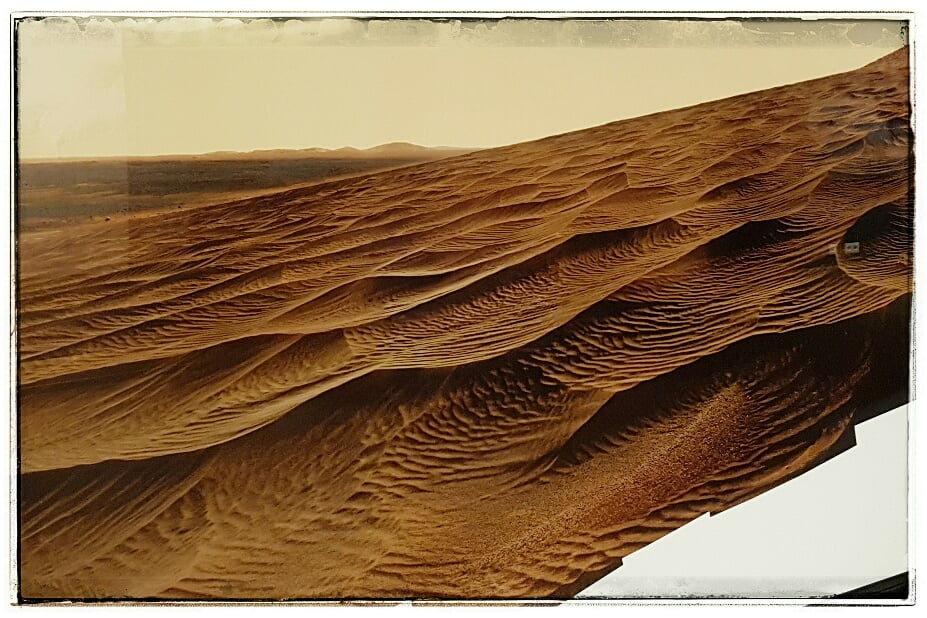
Frozen dunes on Mars. And Elon Musk wants to be king of Mars. Good luck with that Elon.

With time to spare before lunch we went into the Museum Quarter, which back in the emperor’s day was the royal stables, and looked at the myriad options. We settled on the Leopold Museum, based solely on its having the largest collection of Egon Schiele in a single gallery. We weren’t disappointed. This was a magnificent selection; I believe the Times in London lists the Leopold as one of the top 50 must see galleries on the planet.

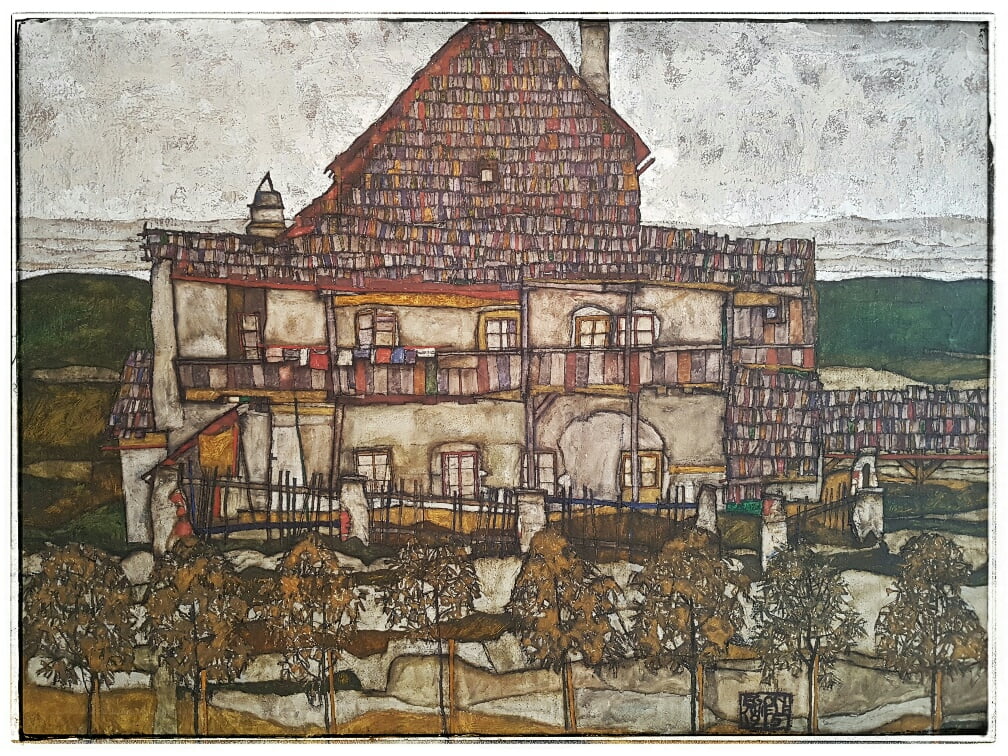
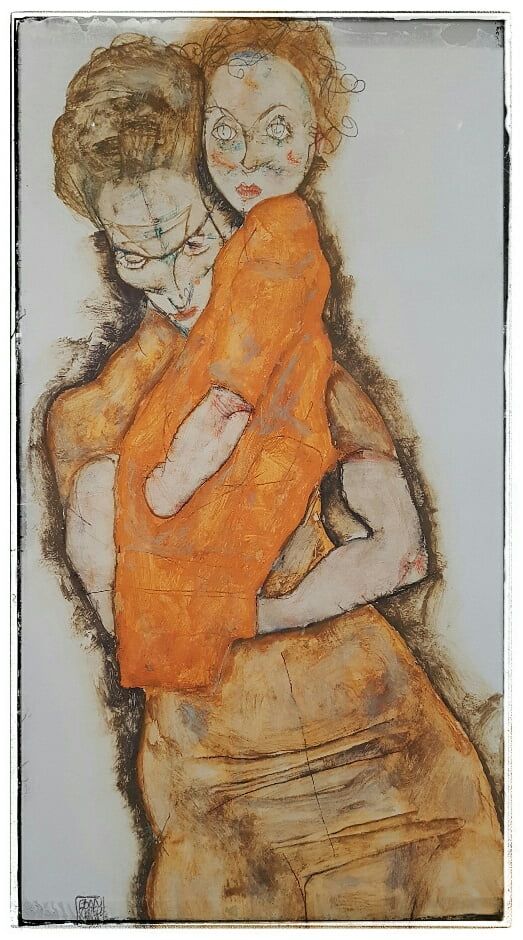
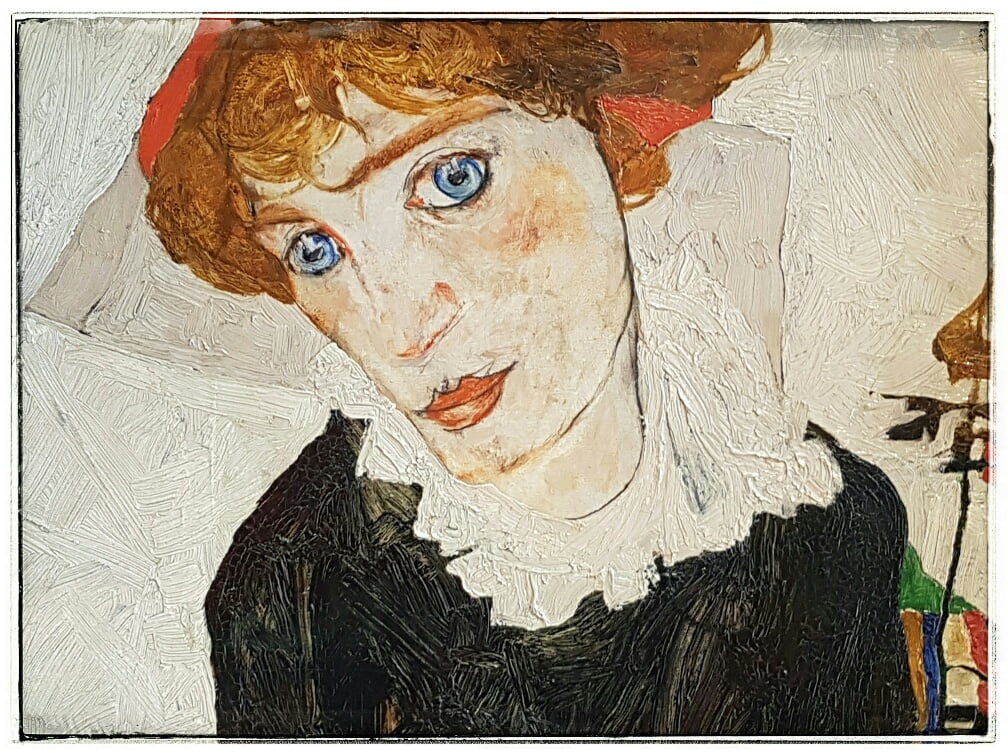
The oil above, not one of my favorites, has the back story parallel to the Klimt that inspired the movie Woman in Gold. However, one difference: After years in court, sufficient documents showed that the painting wasn’t illegally taken from a Jewish woman (Lea Bondi Jaray) during the war, but legally sold to a collector. So, no Hollywood movie here.
I had no idea Schiele died in his 20s, given the volume of output; his wife got Spanish flu and passed, he followed days later.
For lunch we wandered out of the centre and ate at a café with sidewalk tables. Sunday the shops are closed (when was the last time you were in a developed country with the shops closed on Sunday?) so the streets were quiet and the ambiance subdued.
In the afternoon we went to the Royal Palace proper, where you can choose from about twenty different museum options, royal jewels down to the Lipizzaner stallions, but pay handsomely for each. For no good reason we chose the royal apartments, which in the end were more or less a tribute to Elisabeth, aka Sisi, the Eva Peron/Diana Princess of Wales/Princess Grace, of pre-WWI Austria. Pictures were not permitted. But if for some reason you ever needed to know more, I recommend saving the flight to Vienna and outrageous 12 euro entrance fee and watching Visconti’s Ludwig where Romy Schneider, Viennese by birth, plays the emperor’s wife. (Roger Ebert wrote of Ludwig that it was so tiresome audience members booed and whistled. Not having seen it I can’t weigh in, but it can’t have been as poor a representation of Elisabeth as the royal rooms…)
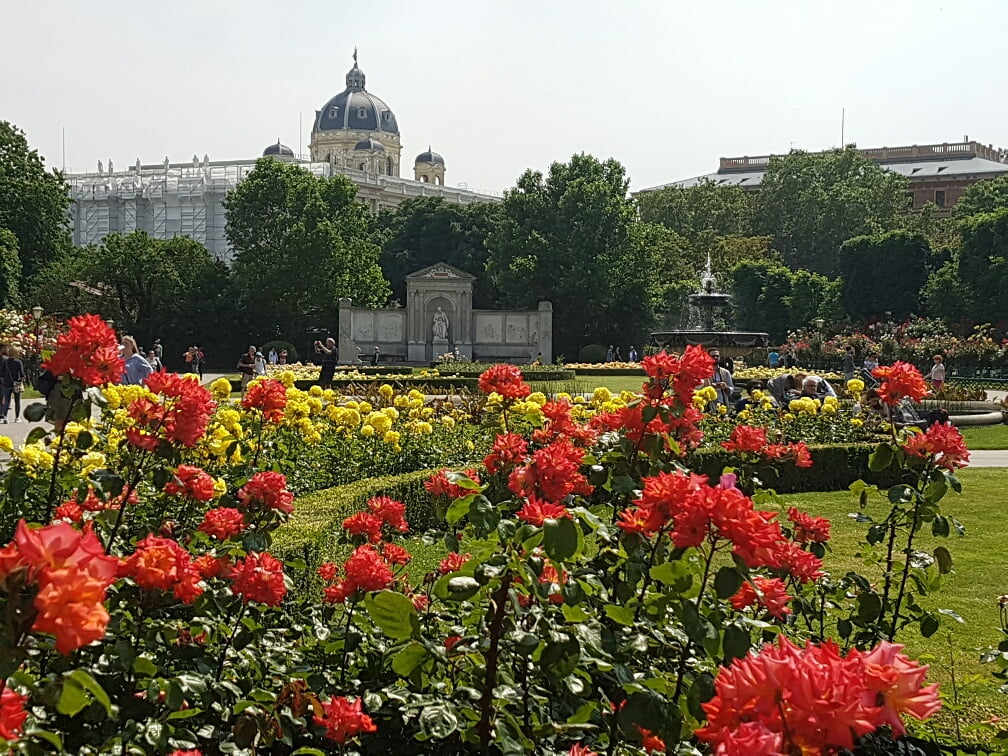
We took an afternoon break in the Volksgarten, the rose garden abutting the Hofburg Palace.
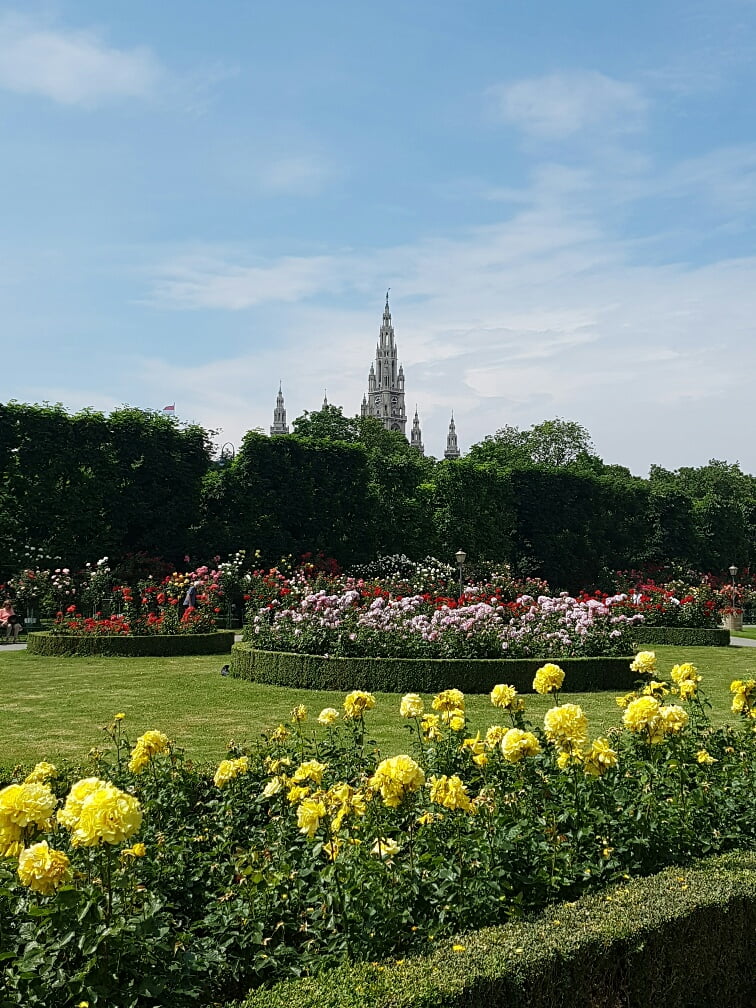
Parliament, seen past the rose gardens.

It was past three at this point, Roland Garros had begun, so I walked back to the apartment while SS soldiered on to another museum. The temperature rose all day; by the time I sat down to watch the end of the first set, I had all the windows open and a fan on. But less than two hours later, in a not too memorable four set victory, thunder struck and it rained cats and dogs. We decided to have Pho in a neighbourhood spot, in between the showers.
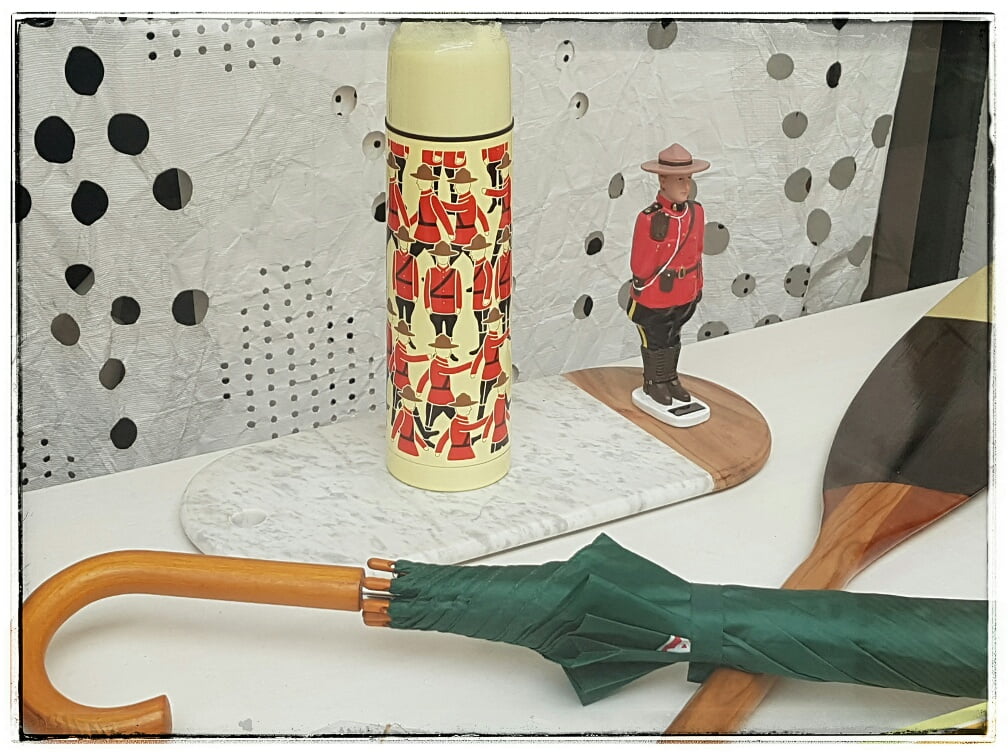
A touch of Canadiana.

